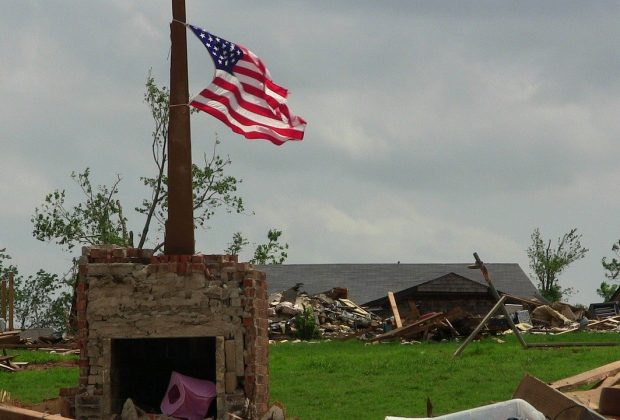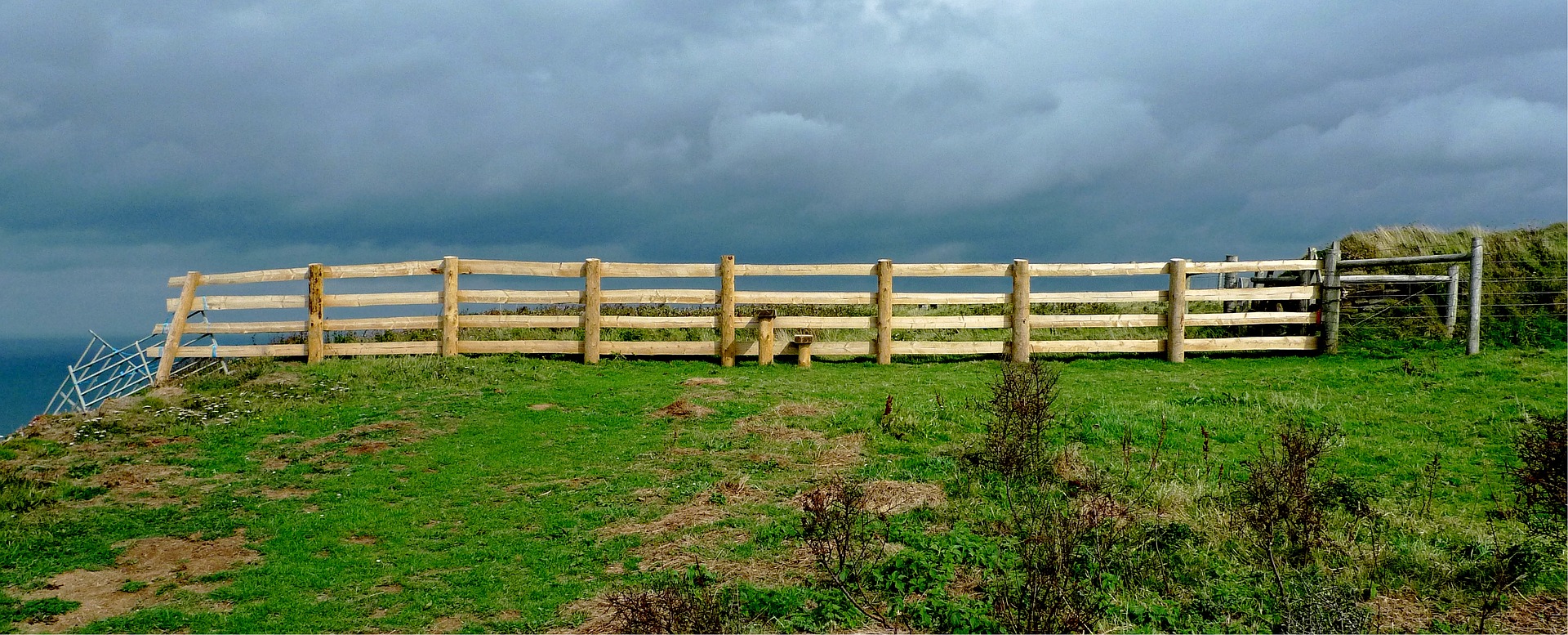Natural disasters have a very significant impact on the planet in ways many people never really realize. That impact is becoming more obvious nowadays with satellite imagery. With this imagery, people can see how an area looked just before a natural disaster, then compare that image to a shot of the very same area just after.
For this to be effective, of course, people have to have access to high-quality satellite imagery. Only then can they truly get an understanding of how life is different for people before and after. Here are some of the most striking instances of that happening.
1. Palu Earthquake and Tsunami (2018)
In September of 2018, a 7.5-magnitude earthquake hit off the coast of Palu, Indonesia. It triggered a nearly unprecedented tsunami, with 18-foot waves and an estimated 4,300 death toll that made it the deadliest earthquake in the country since 2006. Using satellite imaging, experts were able to learn more about the sediment runoff, as well as see entire coastal residences and businesses disappear.
2. Hurricane Harvey (2017)
In 2017, Texas and Louisiana were hit with a Category 4 hurricane. Hurricane Harvey ended up inflicting an estimated $126 billion in damages, largely due to its unprecedented rainfall, which displaced over 30,000 people. Satellite imaging not only allowed scientists to track the hurricane as it moved across the United States, but also see the destruction it left in its path, making it easier to understand the hurricane’s movement.
3. Japanese Tsunami and Chiba Refinery Fire (2011)
In 2011, a 9.0-magnitude earthquake hit Japan, causing a 30-foot earthquake that caused severe damage to the country’s main structures. An oil refinery fire in Chiba was hit especially hard, and it ended up causing a massive fire in the area. Formosat-2, a satellite operated by Taiwan’s National Space Organization, was able to capture not only the aftermath of the fire, but also regularly-updated images of the surrounding area.
4. California Wildfires (2018)
The 2018 wildfire season in California was the most destructive wildfire season California had ever recorded, ending in a total of over 8,500 fires. Satellite imagery was able to capture the entire thing, lending an unprecedented amount of information about why they were happening and how to prevent a similar problem in the future. Satellites captured the fires as they happened, before and after images, and smoke trails as the fires burned.
5. Australian Bushfires (2019-2020)
Preceded by record-breaking temperatures and months of drought, the bushfires across Australia have raged for months. Its scale is nigh unprecedented, with over 12 million acres burned — over six times as much damage as happened in California. Satellite imagery is able to offer helpful information and advice on how to contain it. It’s also made it easier to understand whether individuals need to leave certain areas, making deaths less likely.
6. Hurricane Maria (2017)
In September 2017, a Category 5 hurricane hit Dominica, St Croix, and Puerto Rico. It’s widely considered the worst natural disaster in recorded history in these areas, causing catastrophic destruction, including deaths and property damage. With satellite imagery, officials and scientists were able to track the hurricane as it developed, including being able to observe it at peak intensity and understanding where it was likely to go next. Pictures of the before-and-after also showcase its costly destruction across the islands.
7. Mount St. Helens (1980)
You may not think of satellite imagery being particularly helpful for an eruption that happened nearly 40 years ago, but in fact, it’s been extremely useful in studying Mount St. Helens. This is partially because people have been able to use the NASA Landsat satellites, with the first having been released in 1972. In the decades since Mount St. Helens erupted, scientists have been using NASA’s ongoing imaging to study the recovery of the ecosystem, hoping to be able to use this information for recovery with any future volcanic eruptions.
Understanding Natural Disasters Moving Forward
This interpretation of natural disasters allows people to understand more about how extremely high-quality satellite imaging like Worldview 3 satellite imagery can help in ways they may never have thought about. If you’ve only ever seen satellite images used for maps and news stories, you may be thinking too small.
Satellite imaging is an important part of scientific study. Clearly, as it becomes available to more people, it’s going to have an even stronger impact. This is only the beginning, and as satellite imaging becomes more tech-heavy, you may start to see it more often for yourself.






